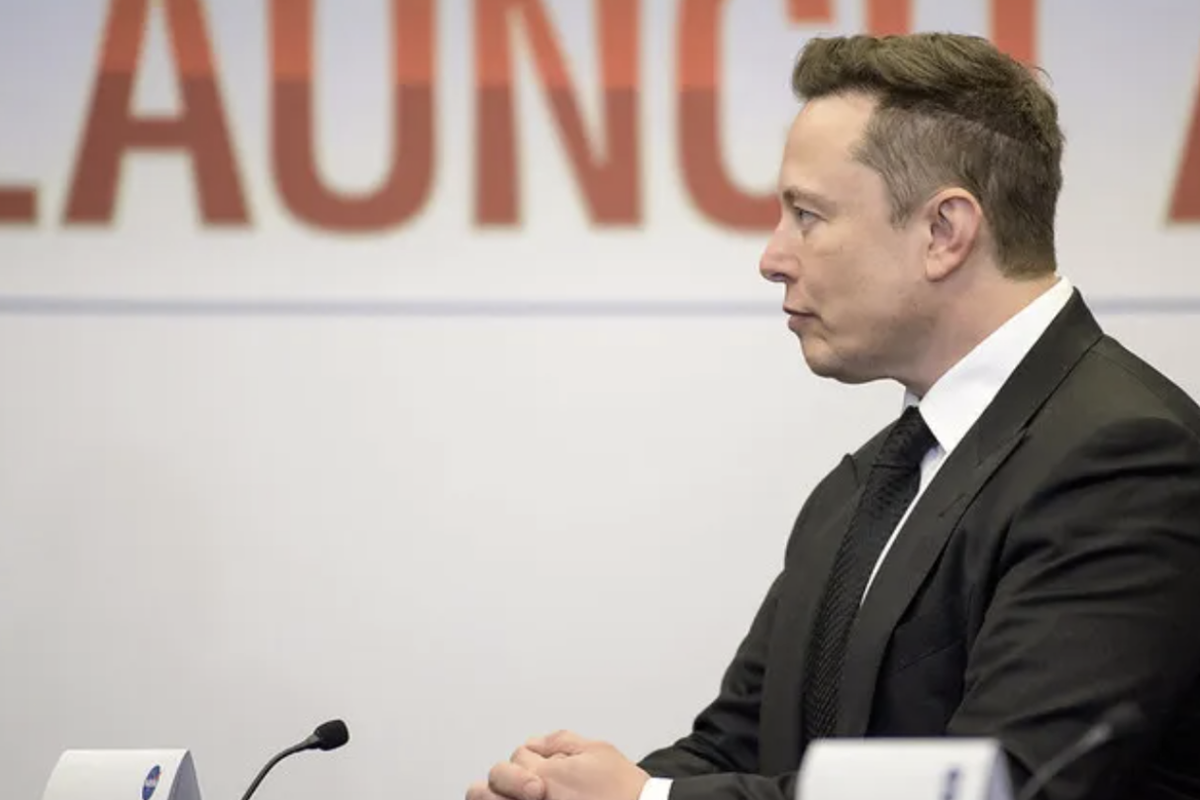[ad_1]
After a delay of a month, Elon Musk-led Neuralink’s “Show & Tell” event took place last week. During the event, Musk said the company’s goal was to create a “whole brain interface,” and in less than six months, Neuralink will have its first device in a human.
Speaking at the event, Musk said that he would be comfortable implanting a chip developed by Neuralink into one of his children’s brains if the need arose.
He answered a question about safety issues with Neuralink devices when actively implanted in a brain.
“If you ask a question like, in my opinion, would I be comfortable implanting this in one of my kids or something like that at this point, if they’re in a serious problem like if they broke their neck, would I be comfortable doing it? I would,” Musk said.
“I would say we’re at the point where at least, in my opinion, it would not be dangerous,” he added.
Musk said the company was not “cavalier” in putting devices into animals, and testing is done beforehand. However, he noted, Neuralink’s testing is “confirmatory and not exploratory.”
Also Read: Elon Musk Says His Neuralink Chip Could Treat Paralysis, Stroke And Brain Injury
Musk joked that he could have a device implanted without anyone knowing about it.
At the event, Musk demonstrated the brain-computer interface technology by showing a video of a monkey fitted with a Neuralink brain chip.
Neuralink is Musk’s brain-chip company. Last year, the firm showcased a macaque monkey playing a video game using its thoughts.
The startup has faced allegations of animal cruelty, to which it has responded that Neuralink is not “unique in this regard.”
Controversial author and clinical psychologist Jordan Peterson is skeptical about Musk’s innovation.
Peterson tweeted on Thursday, “Jesus, Elon, I hope you know what you’re doing.”
Musk replied to him and said that compared to artificial intelligence, Neuralink will be “slow and easy to assess, as there is large regulatory apparatus approving medical devices.”
Photo courtesy of NASA / Flickr Creative Commons
[ad_2]
Image and article originally from www.benzinga.com. Read the original article here.

